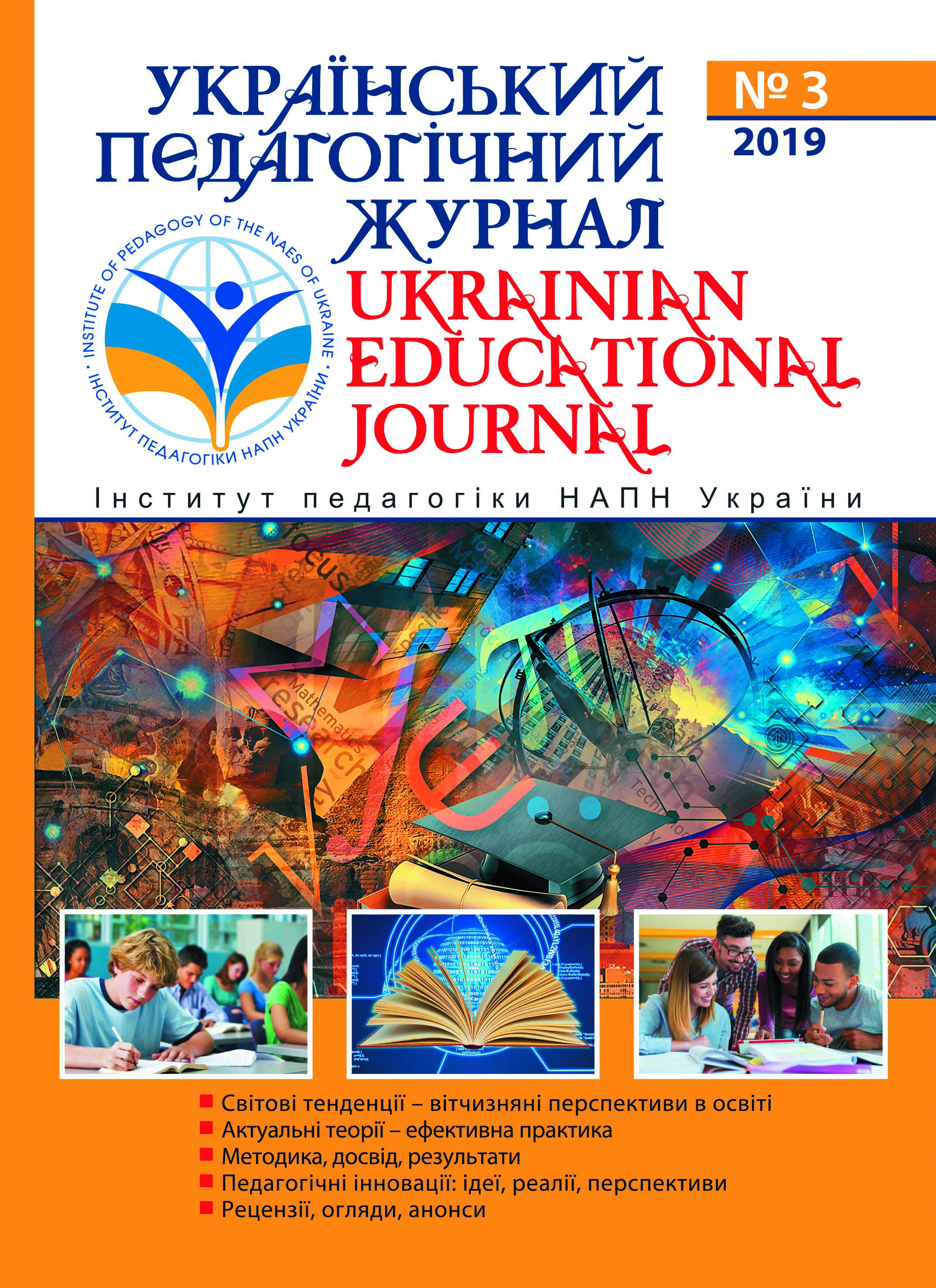Abstract
The purpose of the article is to review the pedagogical theory and effective practice of using B. Bloom’s taxonomy in the process of formation of critical thinking of students in history lessons. The material is disclosed on the examples of Ukrainian history. Teachers in many countries apply B. B. Bloom’s taxonomy (as well as L. Anderson and D. Krathwohl`s) not only as a tool for planning the goals of the lesson, but also as a way of developing critical thinking of students, because the high levels of thinking that it provides as learning outcomes are the important elements of critical thinking. If students are involved in the use of high-level thinking in the process of learning, the result of such work is the development of their critical thinking. On the other hand, involving students in special strategies for developing critical thinking contributes to their practice in higher-level thinking. The teacher’s planning of educational goals and results on this basis and their achievement with the help of well-known today didactic tools (questions and cognitive tasks of different levels, etc.) will help the teacher to clearly imagine the methodology of developing critical thinking of students. In the history lessons for the purpose of developing critical

This work is licensed under a Creative Commons Attribution-NonCommercial-ShareAlike 4.0 International License.

